The natural world harbors countless fascinating creatures, but few inspire as much fear and awe as venomous spiders. Among these eight-legged predators, one species stands out for possessing what scientists consider the most potent neurotoxin found in any spider venom: the Australian funnel-web spider. These remarkable arachnids have evolved a venom so powerful it can kill a human in hours if left untreated. Yet beyond their fearsome reputation lies a complex creature that plays an important role in its ecosystem and has even contributed to medical science. This article explores the biology, behavior, and significance of the spider with the most potent neurotoxin in the world, revealing why these creatures deserve not just our caution but also our respect and protection.
The Australian Funnel-Web Spider: An Overview
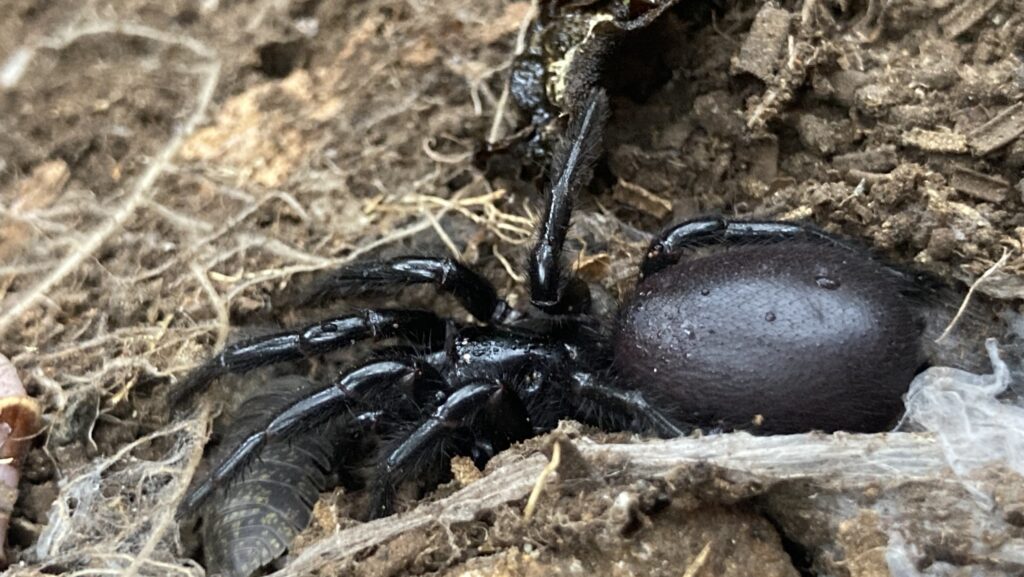
The Australian funnel-web spider (genus Atrax and Hadronyche) represents a group of mygalomorph spiders native to eastern Australia, with the Sydney funnel-web spider (Atrax robustus) being the most notorious member. These spiders belong to the family Atracidae and have evolved in relative isolation on the Australian continent for millions of years. They derive their name from the distinctive funnel-shaped webs they construct as their homes and hunting grounds, which feature silken trip-lines that alert the spider to passing prey. Adult funnel-webs are relatively large spiders, with body lengths typically ranging from 1 to 5 centimeters, displaying glossy dark brown to black coloration that gives them a formidable appearance matching their dangerous reputation.
The Chemistry of the World’s Most Potent Spider Venom
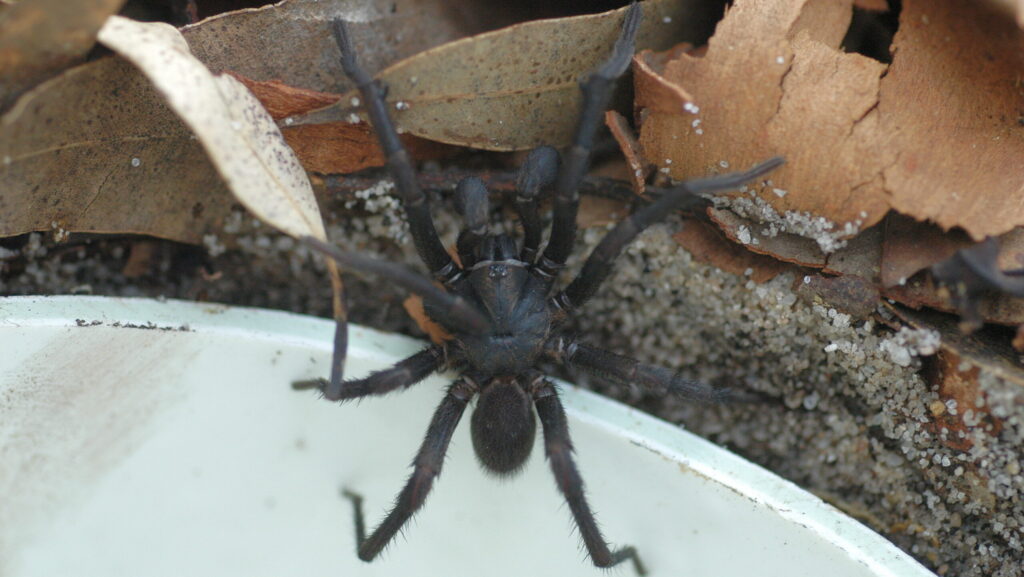
The venom of the Sydney funnel-web spider contains a particularly potent compound called delta-atracotoxin (δ-ACTX), which ranks among the most powerful neurotoxins in the animal kingdom. This complex mixture of over 40 different toxins primarily targets the nervous system by binding to voltage-gated sodium channels in nerve cells, preventing them from closing properly and causing continuous firing of nerve signals. What makes this venom especially dangerous to humans and other primates is its compound delta-hexatoxin-Ar1a (formerly known as robustoxin), which specifically affects the human nervous system while having minimal effects on other mammals like rabbits or mice—a rare evolutionary quirk that scientists still don’t fully understand. The venom delivery system is equally impressive, featuring large, powerful fangs capable of penetrating fingernails and soft shoes, enabling the spider to inject its toxic cocktail deep into the tissues of its victims.
Evolutionary Development of the Neurotoxin
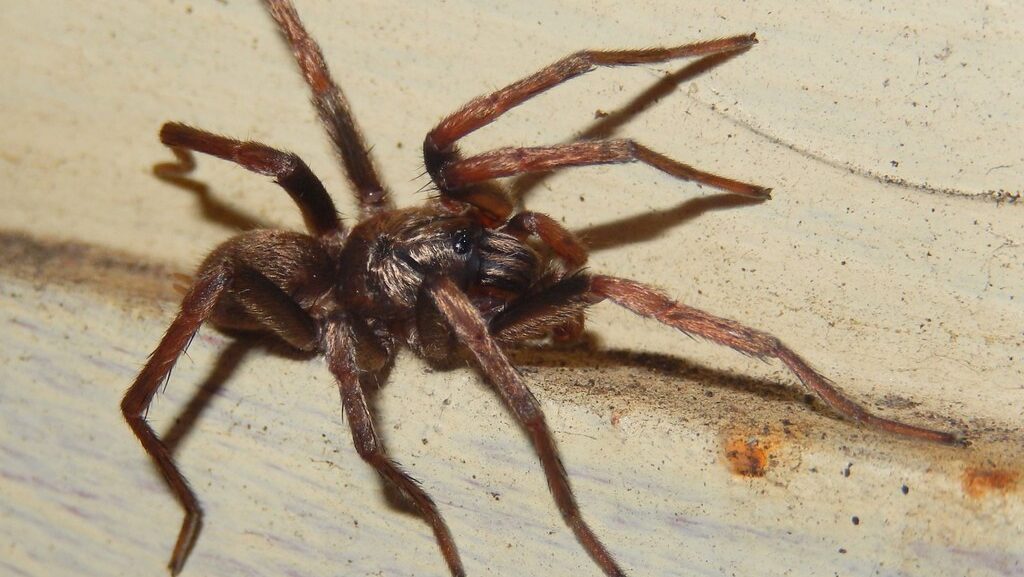
The evolution of the funnel-web’s exceptionally potent venom represents a remarkable case of evolutionary adaptation that developed over millions of years. Scientists believe the venom evolved primarily as a defense against predators and as a means to quickly immobilize prey, including insects, lizards, and small frogs. The peculiar fact that their venom is particularly toxic to primates but less so to other animals suggests the toxin’s potency to humans is actually coincidental rather than targeted—humans weren’t present in Australia during most of the spider’s evolutionary history. Genetic studies indicate that funnel-web spiders underwent significant adaptive radiation during Australia’s geographic isolation, allowing them to develop specialized neurotoxins without the competitive pressures found on other continents. This evolutionary history has resulted in different funnel-web species having slightly different venom compositions, though they all share the core compounds that make their venoms so dangerous to humans.
Symptoms and Effects of Envenomation

A bite from a Sydney funnel-web spider initiates a cascade of severe symptoms known collectively as “envenomation syndrome.” Within minutes, victims typically experience intense localized pain, sweating, muscle twitching, and elevated blood pressure. As the venom circulates, more serious systemic effects develop, including nausea, vomiting, abdominal pain, and a dangerous condition called pulmonary edema, where fluid accumulates in the lungs. The neurotoxic effects progressively worsen, potentially leading to difficulty breathing, confusion, unconsciousness, and ultimately death from respiratory or cardiovascular failure if antivenom is not administered promptly. What makes these symptoms particularly dangerous is their rapid onset and progression—severe symptoms can develop within 30 minutes to an hour after a bite. Interestingly, while adult males cause the most severe envenomations, female funnel-web spiders and juveniles can also deliver dangerous bites, though typically with less severe consequences.
Habitat and Distribution

Funnel-web spiders inhabit the eastern coastal and highland regions of Australia, from Tasmania in the south to Queensland in the north, with the most dangerous species concentrated around Sydney and its surrounding areas. These arachnids prefer humid environments and typically make their homes in moist, sheltered locations such as under rocks, logs, burrows in gardens, and occasionally in shoes or clothing left outdoors. The Sydney funnel-web specifically thrives in the urban and suburban areas around Sydney Harbor, creating a unique situation where one of the world’s most venomous spiders coexists in close proximity to millions of people. Their burrows are engineering marvels—extending up to 30 centimeters underground with multiple chambers and escape tunnels, lined with silk that helps maintain optimal humidity and provides warning of approaching prey or threats. Climate change and urban development have increasingly pushed these spiders into human-inhabited areas, potentially increasing the frequency of dangerous encounters.
Behavior and Hunting Techniques
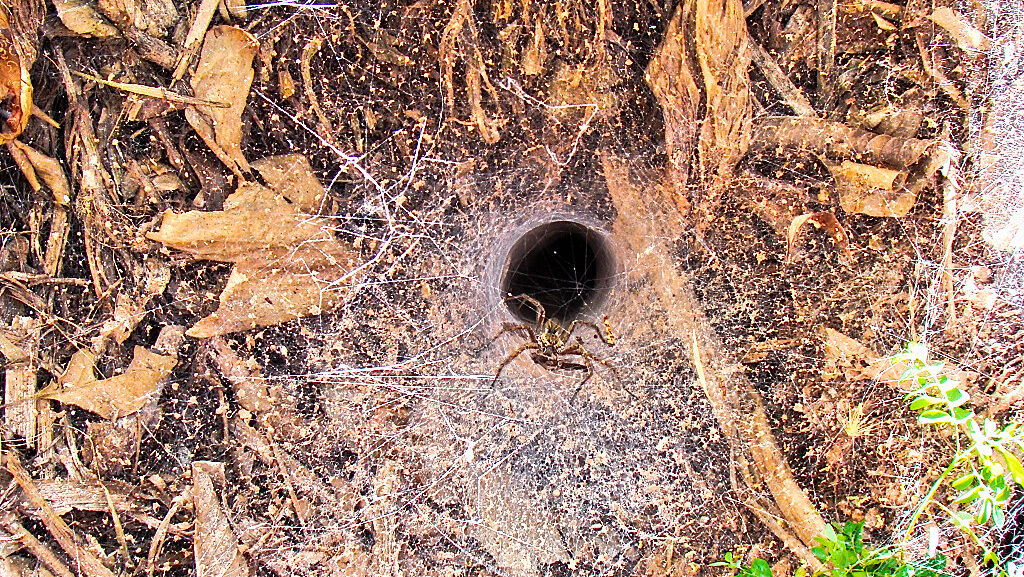
Funnel-web spiders display fascinating behavioral patterns that have evolved to maximize their hunting success in their natural environment. Unlike many spider species, funnel-webs are primarily nocturnal ambush predators that wait at the entrance of their funnel-shaped webs for prey to disturb the silken trip-lines extending from their burrows. When prey is detected, they strike with remarkable speed, injecting venom that rapidly immobilizes their victim before dragging it back into their burrow for consumption. During wet weather, particularly after heavy rains, male funnel-webs leave their burrows and wander in search of females to mate with, which unfortunately increases human encounters as these wandering males may enter homes seeking shelter. Their aggressive defensive posture when threatened is distinctive—they rear up on their hind legs, exposing their fangs and preparing to strike, a behavior that makes accidental encounters particularly dangerous as the spider is primed to deliver a defensive bite rather than flee.
The Male vs. Female Toxicity Difference
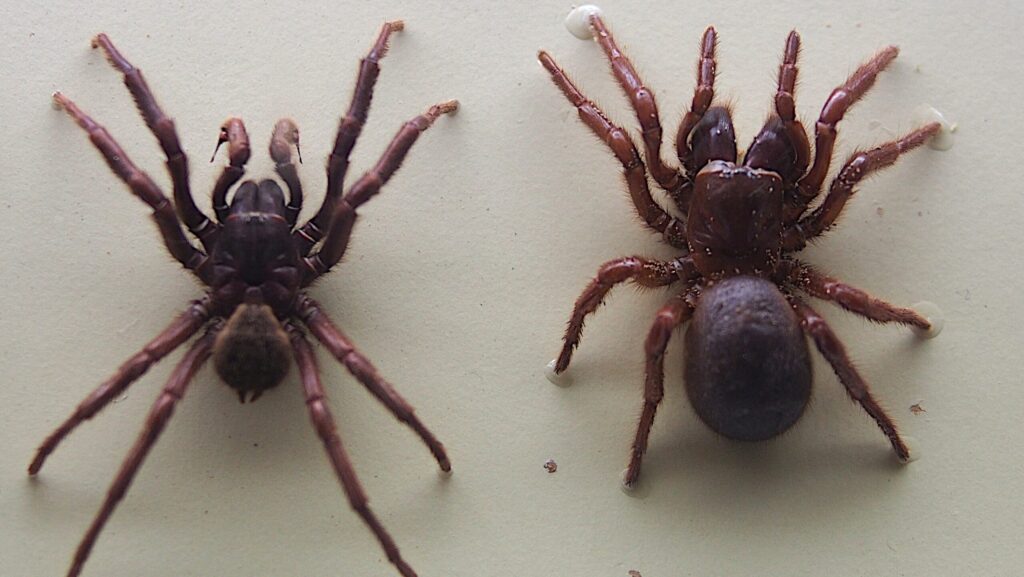
One of the most intriguing aspects of funnel-web spiders is the significant difference in venom toxicity between males and females, with male Sydney funnel-web spiders possessing venom up to six times more toxic to primates than that of females. This unusual gender disparity in venom potency is believed to be related to the males’ wandering behavior during mating season, which exposes them to more predators and necessitates stronger defensive capabilities. The male’s venom contains higher concentrations of the compound delta-hexatoxin-Ar1a, which specifically targets the human nervous system with devastating efficiency. Female funnel-webs, while still dangerous, tend to remain in their burrows throughout their lives and rarely encounter humans, contributing to fewer severe envenomations despite their larger size. Scientific research has revealed that the genetic expression of toxin-producing genes differs significantly between the sexes, with males showing upregulation of genes producing the most lethal compounds.
Development of the Antivenom

The creation of an effective antivenom for funnel-web spider bites represents one of Australia’s great medical success stories, dramatically reducing fatalities from these dangerous arachnids. Prior to 1981, no specific antivenom existed, and bites from Sydney funnel-web spiders were often fatal, particularly in children. The breakthrough came when Australian immunologist Struan Sutherland developed a manufacturing process at the Commonwealth Serum Laboratories (now CSL Limited) that involved milking venom from live spiders and injecting progressively larger doses into rabbits, whose immune systems produced the antibodies needed for the antivenom. The development process was painstaking, requiring the collection of spiders by trained personnel and the careful extraction of minute amounts of venom from each spider. Since the antivenom’s introduction, not a single fatality has occurred from a properly treated funnel-web spider bite, transforming what was once a potentially deadly encounter into a manageable medical emergency when treated promptly.
Medical Applications of the Venom

Beyond its fearsome reputation, the powerful neurotoxin found in funnel-web spider venom has shown remarkable potential for developing new medications and treatments for human conditions. Scientists have discovered that certain peptides in the venom could be modified to create treatments for conditions ranging from stroke to chronic pain. One compound derived from the venom, Hi1a, has demonstrated neuroprotective properties that may help prevent brain damage following strokes by blocking acid-sensing ion channels in brain cells that would otherwise die when deprived of oxygen. Another promising application involves using modified venom components to develop non-addictive pain medications that target specific pain pathways without the side effects of traditional opioid drugs. The venom’s ability to target ion channels—molecular gates that control electrical signals in cells—makes it particularly valuable for pharmaceutical research, as many diseases involve ion channel dysfunction. These medical applications highlight the paradoxical nature of the funnel-web’s venom: potentially lethal in its natural form but potentially life-saving when scientifically modified.
Conservation Status and Threats

Despite their fearsome reputation, funnel-web spiders face their own set of threats and conservation challenges in an increasingly human-altered landscape. While not currently listed as endangered, urban development continues to fragment their natural habitat, potentially isolating populations and reducing genetic diversity within the species. Climate change presents another significant challenge, as increasing temperatures and altered rainfall patterns may disrupt the humid microhabitats these moisture-dependent arachnids require for survival. Pesticide use in urban and suburban areas also threatens funnel-web populations, both directly through poisoning and indirectly by reducing their prey base. Conservation efforts are complicated by the spider’s dangerous nature, which understandably makes them less sympathetic to the public than more charismatic endangered species; however, their ecological role as predators and their potential medical value underscores the importance of protecting these unique arachnids despite their dangerous nature.
Human Encounters and Safety Precautions

Living in regions inhabited by funnel-web spiders requires awareness and specific safety precautions to minimize the risk of dangerous encounters. Experts recommend wearing gloves when gardening, avoiding walking barefoot outdoors at night (especially during the male spider’s mating season), and shaking out shoes and clothing that have been left outside before wearing them. Homeowners in affected areas should regularly inspect and seal cracks and gaps in buildings where spiders might enter, particularly during rainy periods when males are more likely to seek shelter indoors. If encountering a suspected funnel-web spider, maintain a safe distance and never attempt to handle it—even with tools, as their long fangs and aggressive defense posture make safe capture difficult without proper training. Australian authorities have established spider collection programs where trained professionals can safely collect funnel-web spiders for antivenom production, turning potential household threats into lifesaving resources. Should a bite occur, applying a pressure immobilization bandage, remaining calm to slow venom circulation, and seeking immediate emergency medical attention are critical steps that can mean the difference between life and death.
Myths and Misconceptions
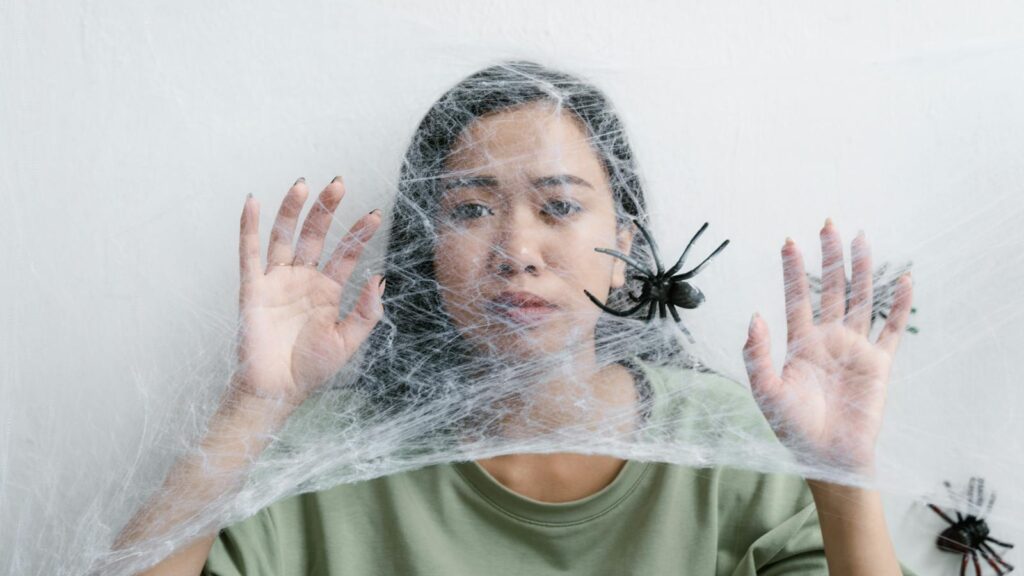
Many myths and misconceptions surround the funnel-web spider, often exaggerating their aggression or likelihood of encountering humans. Contrary to popular belief, funnel-web spiders are not actively seeking human victims; most bites occur when the spider is threatened or accidentally encountered, particularly wandering males during mating season. Another common myth suggests that all funnel-web species are equally dangerous, when in fact the Sydney funnel-web (Atrax robustus) and certain Hadronyche species pose significantly greater risks than others. Some people incorrectly believe that funnel-webs can jump at victims, when they are actually ground-dwelling spiders incapable of jumping like some other spider families. Perhaps the most dangerous misconception is that traditional first aid remedies like tourniquets or attempting to suck out the venom are effective treatments; these outdated approaches can actually worsen outcomes compared to the recommended pressure immobilization technique and rapid medical attention. Understanding the true nature of these spiders—as shy creatures that prefer to avoid conflict unless threatened—helps foster a more balanced perspective that respects their danger while not demonizing these important members of Australia’s unique fauna.
Funnel-Web Spiders in Culture and Media
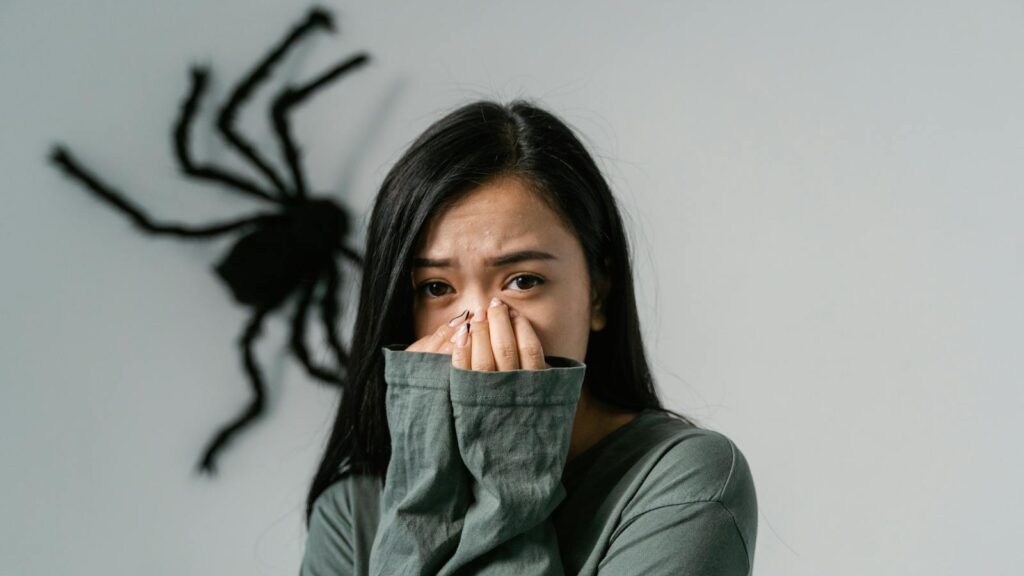
The fearsome reputation of the funnel-web spider has secured its place in Australian cultural identity and media portrayals worldwide. In Australian folklore, the funnel-web has become emblematic of the country’s reputation for dangerous wildlife, often featured in cautionary tales told to children and visitors alike. Popular media frequently portrays these spiders in exaggerated terms, with movies and television shows sometimes depicting them as aggressive hunters rather than the primarily defensive creatures they actually are. The spider has inspired numerous documentaries exploring both their dangerous aspects and their ecological importance, helping to create more nuanced public understanding. Australian tourism has paradoxically embraced the funnel-web’s notoriety as part of the country’s unique and thrilling natural heritage, with wildlife parks and zoos featuring them in educational displays that both respect their danger and highlight their biological significance. This cultural prominence serves an important educational purpose, maintaining public awareness of safety precautions while also fostering appreciation for these remarkable evolutionary marvels.
In conclusion, the Australian funnel-web spider stands as nature’s perfect example of how evolution can produce organisms of both terrible danger and remarkable scientific value. Their venom—containing the most potent spider neurotoxin known to science—has shaped human interactions with these creatures for generations, from the development of life-saving antivenoms to the discovery of potential new medications. While their fearsome reputation is well-deserved, understanding the true nature of these spiders helps us appreciate them not as villains but as sophisticated predators that have evolved remarkable adaptations over millions of years. As we continue to share their habitat, the story of the funnel-web spider reminds us that even the most dangerous creatures in nature deserve our respect and, increasingly, our protection. Their existence challenges us to balance reasonable caution with scientific curiosity and conservation ethics—a delicate balance that ultimately enriches our understanding of the natural world around us.
